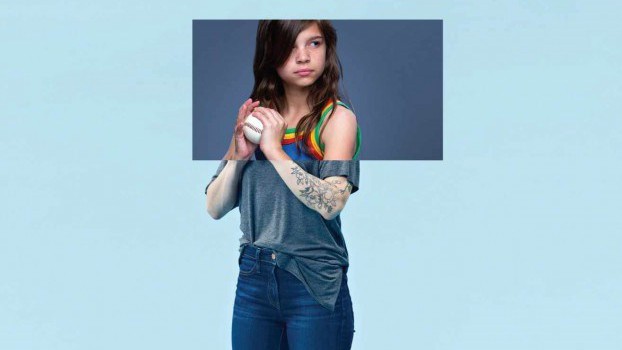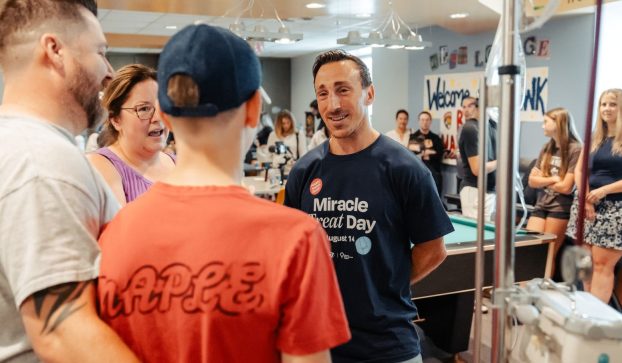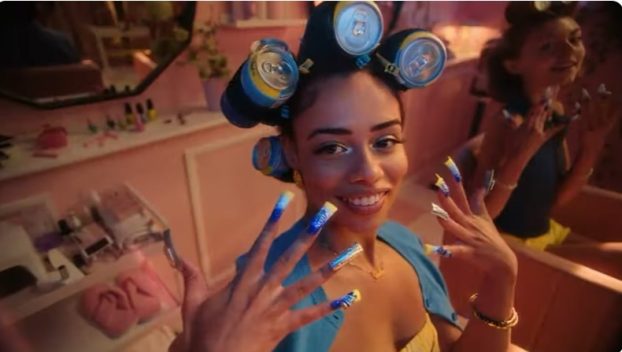There was a time, around the middle of the decade, when you’d be hard-pressed to open an issue of strategy without reading about Dove. It wasn’t for lack of other brands doing interesting things, but rather because Dove kept doing remarkable things. Like winning two Grand Prix awards at Cannes. Or garnering two million YouTube hits in two weeks. Hard to ignore.
When the decade started, Dove was bar soap (although its earlier marketing centred on the idea that it actually wasn’t just bar soap). Today, Dove is hair products, deodorant, men’s body wash, a line of spas, and the list goes on. In fact, Dove has doubled in the last 10 years. The success is largely thanks to its “Campaign for Real Beauty,” which gained attention for using real people (not actors or models) in its ads.
Using real people in its advertising was nothing new to Dove – its AOR Ogilvy had experience shooting real men and women for ads as far back as the ’80s and ’90s. And just prior to the campaign, Dove, Ogilvy and PR agency partner Harbinger were experimenting with a similar message through an exhibit that asked photographers around the world to submit their diverse visions of what real beauty was.
But in 2004, a global study of 17 countries came back with the finding that only 2% of women describe themselves as beautiful – a powerful insight that would define the Dove work for the rest of the decade and beyond. The Ogilvy offices from around the world – including Toronto, South Africa, Chicago, New York and London – collaborated to develop a campaign around that insight.
“The creative that came out of that was the most unbelievable collection of ideas,” says Sharon MacLeod, brand building director at Unilever, who’s been at the company for 12 years and worked on Dove for seven of them.
“I remember sitting in the Toronto office when they showed us everything and there were [so many] things to choose from…It was mind-blowing how much was presented that day in terms of quality of work.”
The first creative to come out of that meeting was “Tick-box” – a series of ads featuring real women that asked whether they were “fat or fab” or “weathered or wonderful.” It had no product messaging. MacLeod and the Dove team knew it was the right creative to run, and Ogilvy adapted it for Canada with former media partner PHD, which also helped to bring the idea online.
“I think Canada was just really ready for it,” says Aviva Groll, group account director at Ogilvy, who has worked on Dove since 2004. “There was a lot of support internally at Unilever, it struck a chord…[It was] a time of great experimentation and great leadership that allowed that to happen.” Groll also notes that having the budget available and co-operation amongst the product categories to allow for a campaign centred on the brand as a whole, meant everything fell into place for a Canada-first launch.
What followed was unexpected buzz as the campaign gained traction around the world, becoming a major watercooler topic before the days of social media spreading ideas like wildfire. New Dove products were launched using the same creative idea – showing real women with different hair types, skin types and body types, loving themselves and their favourite Dove products, often in their underwear.
While the watercooler buzz and media attention escalated (Oprah had those underwear-clad women on her show), one of the most talked-about aspects of the campaign came as a complete surprise to MacLeod and her team – the viral power of striking the right chord.
By now, almost everyone has seen the “Evolution” video on YouTube (12 million people and counting), depicting a woman who gets transformed, through makeup and Photoshop, into a model, proving that even models don’t start out looking like models. The video, conceived by Ogilvy’s Tim Piper, Michael Kirkland and Janet Kestin, was originally posted to drive participation in a series of workshops for moms and daughters.
With no media budget, the video was posted to YouTube – on the day YouTube was sold to Google. “It was like getting hit by lightening,” MacLeod says. But the sudden interest in the video-sharing website aside, it was the brilliant concept and execution that spread “Evolution” before viral videos seemed like a daily occurrence. And the talk about “real beauty” spread even further.

But for Dove, it became about more than just a conversation. A year after “Campaign for Real Beauty” took flight, the Dove Self-Esteem Fund launched – again, first in Canada – with a mandate to educate and empower young girls around the world through everything from seminars and mentorships to a “Sleepover for Self-Esteem” program that was integrated into TV content and aimed to open dialogues between moms and daughters.
The latter was created with one of Dove’s long-time agency partners Capital C, which also created a “Thank You” retail program that tied purchases to the Fund in-store, with girls “thanking” Dove for showing them they could be beautiful.
“I think a lot of brands would take an insight like that and turn it into a 30-second ad,” says Tony Chapman, president of Capital C. “The thing that differentiates Dove from other brands is that they don’t want to simply buy their way in by shouting loud on television, they walk the talk.”
When the Self-Esteem Fund launched, Dove set a goal to reach five million girls by 2010. As the year draws to an end, MacLeod says they have surpassed that goal. 
While the “Campaign for Real Beauty” and the Self-Esteem Fund powered on, Dove continued to embark on new territory. In 2008, Ogilvy came up with the idea of Body & Soul – a Toronto-based play commissioned by Dove, written by playwright Judith Thompson, and starring real women.
“It wasn’t a huge departure for us to do a theatrical production,” says MacLeod, noting that Dove had ventured outside the traditional realm before, with the photo exhibit, for example. “It was an interesting time because you started to see how people wanted to get behind what Dove was doing. The fact that [Thompson] wanted to do this play with us, and Veronica Tennant (who made a documentary about it) – those are things you can’t get if you’re not really serious about what you’re doing.”
Dove continues to look outside the traditional, having opened the first Dove Spas in Oakville, ON., and Toronto last year. Its success has meant expansion at the rate of a new spa every six months. 
And this year Dove took on the other gender by launching a skincare line for men. The campaign took a page from the “Campaign for Real Beauty” playbook and focused on the idea of men being comfortable in their own skin.
“Men would tell us they don’t feel like they’re accurately portrayed in advertising, they feel like the images are very stereotypical,” explains MacLeod, noting that while it’s not necessarily about beauty pressure for men, it’s also not necessarily about sports cars, wealth and superhero imagery. “Guys tell us there’s more to being a guy than those things – it’s success on their terms.” And the approach is paying off, through both sales (taking 2.3% and 2.5% dollar share for bar and body wash respectively in 10 months) and positive feedback on the position Dove’s taken.
Dove’s numbers in all its categories prove its success: it leads the body wash category with 24.5% dollar share, it’s tripled its growth in the antiperspirant/deodorant category (from 3.8% to 11% dollar share) and it’s become a major player in the hair category.
When asked what legacy she hopes Dove will leave, MacLeod tells a story about meeting a woman at the AMA conference in Seattle. The woman approached her and said, “I just have to thank you, you’ve changed my life. I’ve always been a bit heavier and I didn’t think beauty was possible for me. I was pretty down on myself, and when I saw the campaign, I knew I could be beautiful too. And it’s completely changed the way I look at myself and how I live my life.” MacLeod, naturally, was humbled by this statement.
“If that’s the legacy – if it’s changed one person’s life, or if it encouraged one marketer to talk to women or men differently – we’ve done our job,” she says.
Jump to:























